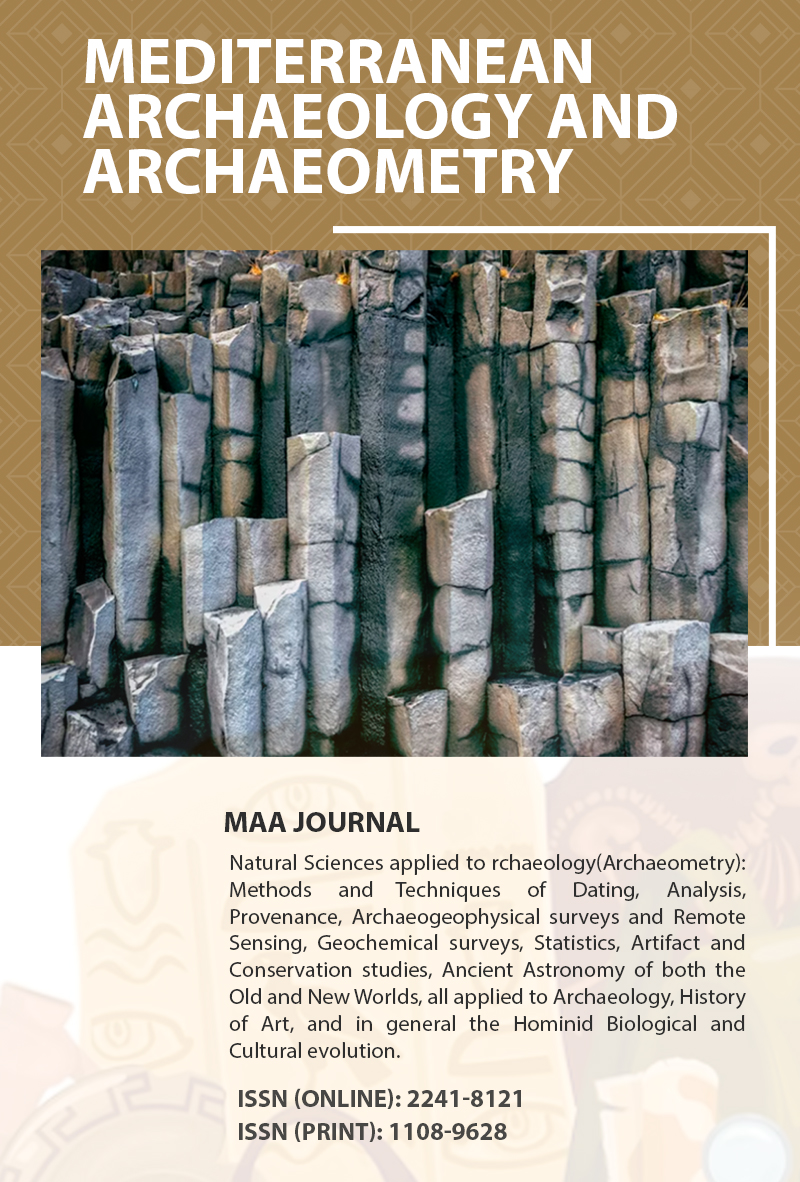Research on the Evolution and Technical Appraisal of Pigment Use in Chinese Painting in the Late Ming and Early Qing Dynasties
Keywords:
Traditional Colors, Chinese Painting, Comparative Study on Pigments, Technical Appraisal, Late Ming and Early Qing.Abstract
The traditional pigments of Chinese painting are taken from the mountains and used naturally, and have been accompanied by the artistic belief of the Chinese nation in the unity of nature and man for thousands of years. These crystal brilliant, stable nature of inorganic ores and organic plants, in the hands of ancient Chinese painters fine grinding, dense glue, layer by layer dye, transformed into the Chinese people's imitation and expression of all things color. From the initial direct selection of color substances from nature as pigments to the peak of heavy color painting in Tang and Song dynasties, the traditional pigments of Chinese painting embodied too much time value and human wisdom. The material of these mountains contains the painting stories of human beings, which is ancient and new and unchanged, and is an important and irreplaceable carrier of ancient information. At the end of the Ming Dynasty and the beginning of the Qing Dynasty, modern organic synthetic pigments were brought from the West by Western missionaries. These bright colors and simple colors quickly captured the hearts of people and had the meaning of competing for national colors. However, the nature of organic synthetic pigments is very unstable, and structural changes will occur in many cases such as high temperature, direct exposure, climate, acid and base changes, resulting in a large degree of discoloration and decolorization. At present, raw materials of traditional Chinese painting are scarce and techniques are lost, so it is urgent to get extensive attention and rescue from the painting circle.










